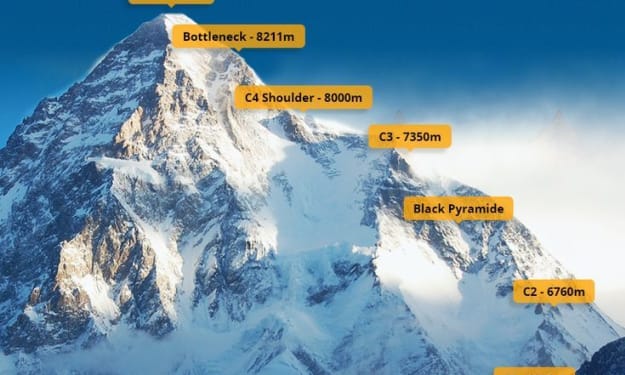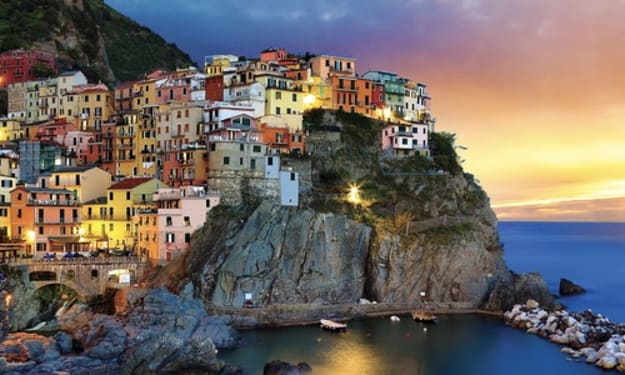Kashmir And pok (Pakistan occupied Kashmir)
Jummu and Kashmir

### Kashmir and Pakistan-Occupied Kashmir: A Comprehensive Overview
#### Historical Background
**Geopolitical Context**
- Kashmir, a region in the northern part of the Indian subcontinent, has been a focal point of territorial disputes between India, Pakistan, and China since the partition of British India in 1947.
- The princely state of Jammu and Kashmir, ruled by Maharaja Hari Singh, had the option to join either India or Pakistan. Following an invasion by tribal militias from Pakistan, the Maharaja chose to accede to India in exchange for military assistance.
**First Indo-Pak War (1947-1948)**
- The first war between India and Pakistan over Kashmir began in 1947 and ended in 1948 with the intervention of the United Nations. A ceasefire was established, and the region was divided along the Line of Control (LoC), with Pakistan controlling the northwestern part and India controlling the southeastern part.
#### Pakistan-Occupied Kashmir (PoK)
**Geographical and Political Structure**
- Pakistan-Occupied Kashmir, referred to in Pakistan as Azad Jammu and Kashmir (AJK), covers an area of approximately 13,297 square kilometers. It has its own administrative structure with a President, Prime Minister, and legislative assembly.
- Another region under Pakistani control is Gilgit-Baltistan, which covers an area of approximately 72,496 square kilometers. Although it is administered separately from AJK, it is also part of the larger Kashmir dispute.
**Autonomy and Governance**
- Azad Jammu and Kashmir has a degree of self-governance, but its political and economic policies are heavily influenced by Islamabad. The President and Prime Minister of AJK are elected, but key decisions are often made in consultation with Pakistan’s federal government.
- Gilgit-Baltistan, although not formally recognized as a province of Pakistan, has been granted limited autonomy with its own legislative assembly and chief minister.
**Socio-Economic Conditions**
- The region faces significant socio-economic challenges, including underdeveloped infrastructure, limited healthcare facilities, and lower educational standards compared to other parts of Pakistan.
- Despite these challenges, tourism is a growing sector in both AJK and Gilgit-Baltistan, known for their scenic beauty, trekking routes, and cultural heritage.
#### The Kashmir Conflict
**Military Engagements**
- The Kashmir conflict has led to multiple wars and skirmishes between India and Pakistan, notably in 1965 and 1971. The Kargil conflict in 1999 was another significant military engagement.
- Both countries maintain a heavy military presence along the Line of Control, and ceasefire violations are frequent, leading to casualties and displacement of civilians.
**Political and Diplomatic Efforts**
- Numerous diplomatic efforts have been made to resolve the Kashmir issue, including UN resolutions and bilateral talks. However, a lasting solution remains elusive.
- The Simla Agreement of 1972 and the Lahore Declaration of 1999 are notable attempts at fostering peace, but trust deficits and geopolitical interests have hindered progress.
**Human Rights and Humanitarian Concerns**
- Human rights organizations have reported violations on both sides of the LoC. Issues include enforced disappearances, extrajudicial killings, and restrictions on freedom of expression and movement.
- The civilian population in PoK and Indian-administered Kashmir continues to suffer from the protracted conflict, with disrupted lives and limited economic opportunities.
#### Current Developments
**Infrastructure and Development Projects**
- In recent years, Pakistan has initiated several infrastructure projects in PoK, including roads, bridges, and hydropower plants, often with Chinese assistance under the China-Pakistan Economic Corridor (CPEC).
- Development initiatives aim to integrate the region more closely with Pakistan’s economy, though there are concerns about environmental impacts and displacement of local communities.
**International Perspectives**
- The international community remains divided on the Kashmir issue. While some countries advocate for bilateral resolution, others call for greater international involvement to address human rights concerns.
- The United Nations continues to monitor the situation, but its role is limited by the political dynamics between India and Pakistan.
**Future Prospects**
- The future of Kashmir, including PoK, is uncertain. Efforts towards peace and stability are challenged by political complexities, nationalistic sentiments, and external influences.
- A sustainable solution would require dialogue, mutual concessions, and a focus on the well-being of the Kashmiri people.
### Conclusion
Kashmir and Pakistan-Occupied Kashmir represent one of the most protracted and complex geopolitical disputes in the world. The region's history is marked by conflict, political maneuvering, and human suffering. While there have been efforts to address the issues, a comprehensive and lasting solution remains elusive. The path forward lies in sincere diplomatic engagement, respect for human rights, and prioritizing the aspirations and welfare of the Kashmiri people on both sides of the Line of Control.
About the Creator
Enjoyed the story? Support the Creator.
Subscribe for free to receive all their stories in your feed. You could also pledge your support or give them a one-off tip, letting them know you appreciate their work.






Comments
There are no comments for this story
Be the first to respond and start the conversation.